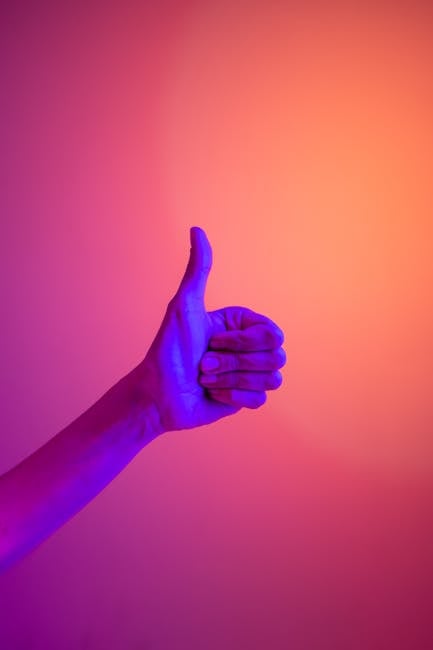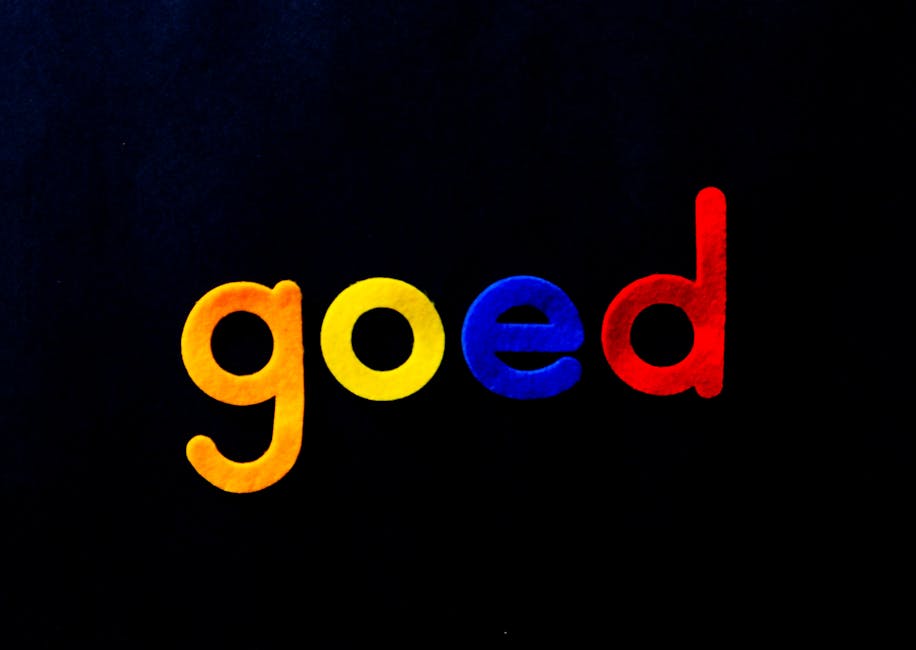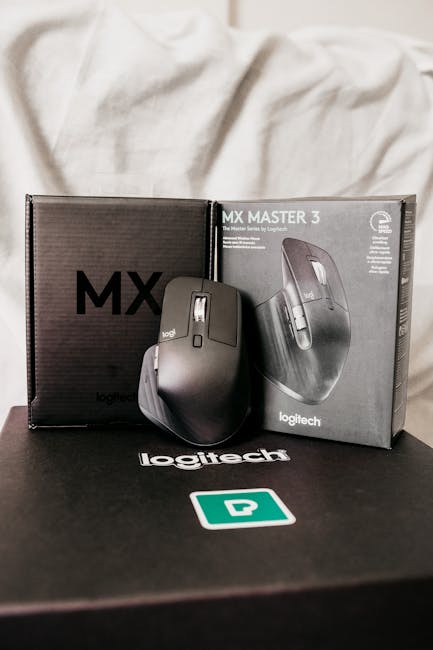
So you’ve decided to take the plunge into the world of logo design, huh? Well, buckle up buttercup, because we’re about to embark on a wild and wacky journey through the whimsical world of visual identity. Whether you’re a seasoned pro or a greenhorn newbie, these top 10 logo design tips are sure to have you creating eye-catching masterpieces in no time. So grab your sketchbook, sharpen your pencils, and get ready to unleash your inner Picasso (or at least your inner Microsoft Paint enthusiast). Let’s dive in, shall we
Choosing the Right Colors for Your Logo Design
When it comes to designing your logo, choosing the right colors is crucial. You want to make sure your logo stands out and represents your brand effectively. Here are some tips to help you pick the perfect colors:
- Consider Color Psychology: Different colors evoke different emotions and associations. For example, red conveys passion and excitement, while blue suggests trust and stability. Think about what message you want your logo to send and choose colors accordingly.
- Think About Your Target Audience: Who are you trying to reach with your logo? If your target audience is children, bright and vibrant colors may be the way to go. If you’re targeting a more professional crowd, consider using more subdued and sophisticated hues.
- Don’t Be Afraid to Stand Out: While it’s important to consider industry norms and trends, don’t be afraid to break the rules and choose colors that truly reflect your brand’s personality. Sometimes being bold and different can set you apart from your competitors.
Remember, the colors you choose for your logo will have a lasting impact on how your brand is perceived, so take the time to think through your options and make a choice that feels right for you. And hey, if all else fails, just close your eyes and pick a color at random – maybe you’ll stumble upon the perfect shade by sheer luck!
simplicity-in-logo-design”>Understanding the Importance of Simplicity in Logo Design
When it comes to logo design, simplicity is key. Think about it like this: if your logo looks like a Picasso painting, chances are people aren’t going to understand what your brand is all about. Keep it simple, folks!
Here are a few reasons why simplicity in logo design is so important:
- Memorability: People remember simple things better than complicated ones. So, keep your logo simple and watch it stick in people’s minds like glue.
- Versatility: A simple logo is like a chameleon – it can adapt to any size, color, or background and still look amazing.
- Timelessness: Trends come and go, but a simple logo will always be in style. Plus, you won’t have to keep updating it every time a new design fad comes along.
So, the next time you’re designing a logo, remember to KISS – Keep It Simple, Silly!

Utilizing Negative Space Effectively
When it comes to , less is definitely more. Negative space, often referred to as white space, is the empty or open space around and between the main elements in a design. While it may seem counterintuitive to leave parts of your design blank, negative space actually plays a crucial role in creating balance and harmony.
One key tip for using negative space effectively is to think about what you want your audience to focus on. By strategically leaving blank areas around your main elements, you can draw attention to them and make them stand out. Remember, a cluttered design can be overwhelming and confusing, but a design with well-placed negative space can guide the viewer’s eye and create a more pleasant visual experience.
Another important consideration when using negative space is to strike a balance between empty space and filled space. Too much negative space can make your design look sparse and unfinished, while too little can make it look cluttered and chaotic. Experiment with different amounts of negative space until you find the perfect balance that complements your design.
Lastly, don’t be afraid to get creative with negative space. Use it to create interesting shapes, add depth to your design, or even hide hidden messages. Remember, negative space is not just an absence of content – it’s a powerful tool that can take your design to the next level. Embrace the power of negative space and watch your designs come to life!

Selecting the Right Font for Your Logo
So you’ve decided to create a logo for your brand – congratulations! Now comes the fun part: selecting the perfect font to represent your message. Choosing the right font can be a daunting task, but fear not, we’re here to help you navigate through the sea of typefaces.
When selecting a font for your logo, it’s important to consider the personality and values of your brand. Ask yourself, ”What vibe am I going for?” Are you aiming for something sleek and modern, or perhaps bold and playful? The font you choose should reflect the essence of your brand and appeal to your target audience. Remember, first impressions are everything!
Experiment with different fonts to see which one resonates with your brand’s identity. Play around with bold, italic, or even handwritten styles to find the perfect fit. Don’t be afraid to mix and match fonts – variety is the spice of life, after all. Just make sure your chosen fonts work well together and create a cohesive look for your logo.
Ultimately, the font you choose should be a reflection of your brand’s unique personality. Whether you opt for a classic serif font or a modern sans-serif, make sure it speaks to your audience and leaves a lasting impression. After all, your logo is the face of your brand – make sure it’s dressed to impress!

Ensuring Scalability and Versatility of Your Design
When it comes to designing, scalability and versatility are key factors to consider. You want your design to be able to adapt and grow over time like a chameleon at a color-changing convention. To ensure you can keep up with any changes that come your way, here are some tips to keep in mind:
First and foremost, **think modularly**. Break down your design into smaller components that can be easily rearranged or replaced. This way, you can mix and match elements like a kid playing with LEGOs, creating endless possibilities without having to start from scratch each time.
Next, **plan for the future**. Anticipate potential growth or changes in requirements and design with flexibility in mind. It’s like wearing stretchy pants to a buffet – you’ll be prepared for anything that comes your way.
Don’t forget to **test, test, test**. Try out different scenarios and stress test your design to make sure it can handle whatever you throw at it. You want your design to be as sturdy as an indestructible Nokia phone from the early 2000s.
Incorporating Brand Identity Elements into Your Logo Design
When it comes to creating a logo design that truly represents your brand identity, it’s crucial to incorporate key elements that make your company unique. Here are some tips on how to seamlessly blend your brand identity into your logo design:
- Use your brand colors: Incorporate your brand’s color palette into your logo design to create a cohesive and recognizable look.
- Include your brand’s typography: Utilize the fonts and styles that are used in your brand’s marketing materials to reinforce brand recognition.
- Integrate your brand’s symbols: If your brand has specific symbols or icons that are associated with it, consider incorporating them into your logo design for added personality.
Remember, your logo is often the first point of contact that potential customers have with your brand, so it’s important to make a strong impression. By incorporating key brand identity elements into your logo design, you can create a visual representation of your brand that is both memorable and impactful.
So, why settle for a generic logo when you can customize it to truly reflect who you are as a brand? Follow these tips and watch as your logo design becomes a true reflection of your brand identity.
FAQs
How do I come up with a unique and memorable logo design?
Think about what makes your brand special and try to incorporate that into your design. Get inspiration from everyday objects or nature, and don’t be afraid to sketch out multiple ideas before choosing the one that feels just right.
What are some common mistakes to avoid when designing a logo?
Avoid using too many colors or fonts, as it can make your logo look cluttered. Also, steer clear of overly complex designs that may be difficult to reproduce in different sizes or mediums. Keep it simple, silly!
How important is it to consider scalability and versatility when designing a logo?
Extremely important! Your logo should look just as good on a business card as it does on a billboard. Make sure to test your design at various sizes and in different color schemes to ensure it remains effective and recognizable.
What role does research play in the logo design process?
Research is key to understanding your target audience, competitors, and industry trends. Take the time to study successful logos in your niche and identify what works and what doesn’t. This will help you create a logo that stands out in a crowded market.
When should I consider hiring a professional designer for my logo?
If you lack the necessary design skills or time to create a logo yourself, it may be worth investing in a professional designer. They can bring a fresh perspective and expertise to the table, ensuring your logo is top-notch and tailored to your brand.
What are some tips for selecting the right colors for my logo?
Consider the emotions and associations different colors evoke. For example, blue conveys trust and reliability, while red symbolizes energy and passion. Also, think about how your chosen colors will look in black and white, as your logo may need to be reproduced in various formats.
How can I make sure my logo is both timeless and on-trend?
Aim for a balance between classic design principles and current design trends. Avoid overly trendy elements that may quickly become outdated, but don’t be afraid to add a modern twist to a timeless concept for a logo that feels fresh and relevant.
What are some creative ways to use negative space in logo design?
Utilize negative space to create hidden meanings or visual illusions in your logo. Think of the FedEx logo with the hidden arrow or the Spartan Golf Club logo with the golfer and Spartan helmet seamlessly integrated. Get playful with negative space to surprise and delight your audience.
How can I ensure my logo is easily recognizable and memorable?
Simplicity is key when it comes to creating a memorable logo. A clean and straightforward design is more likely to stick in people’s minds than a cluttered or confusing one. Test your logo on friends and family to see if it’s easily recognizable and memorable.
What are some tips for giving feedback to a designer working on my logo?
Be clear and specific about what you do and don’t like about the designs presented to you. Offer constructive criticism and suggestions for improvements, rather than simply saying “I don’t like it.” Remember, communication is key in the design process, so don’t be afraid to speak up and ask questions.
And there you have it, folks!
We hope these top 10 logo design tips have inspired you to create your own stunning and memorable logos. Remember, practice makes perfect, so don’t get discouraged if your first few attempts aren’t quite up to par. Keep experimenting, keep refining, and most importantly, keep having fun with it!
Now go forth and design with confidence, young grasshoppers. The world is waiting for your creative genius to shine through!
Until next time, happy designing!












